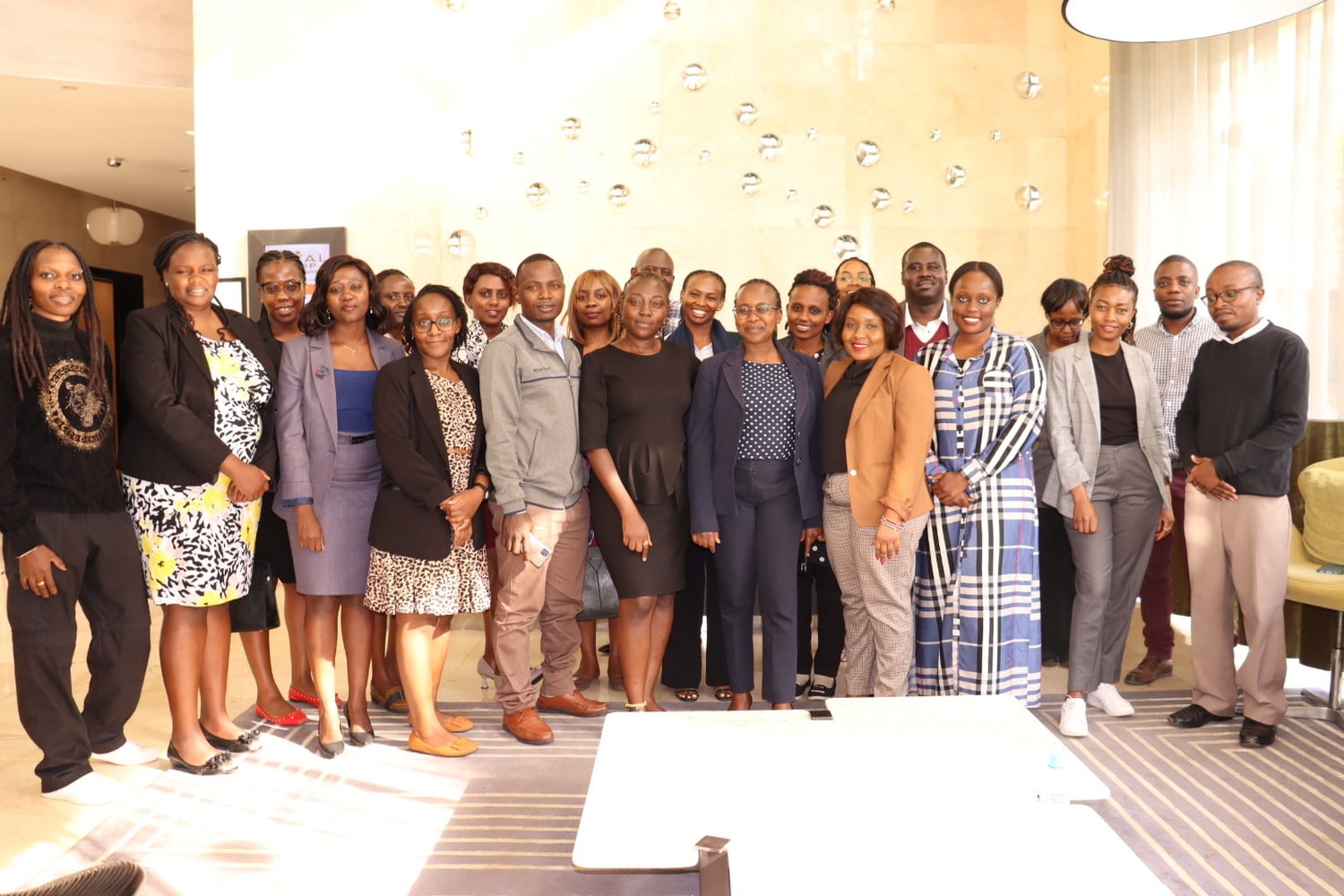Lucy Dawson shared a wholesome TikTok video of how she began walking with the aid of a cane. It ended with someone on Meta using her pictures to solicit money on a fake account with 52,000 followers. But not before someone reposted the clip on Twitter to amplify the message. She ended up getting trolled by some doubters who accused her of faking her very visible physical disability.
Absolutely furious to have woken up to find this Facebook page has stolen all my content about my BRAIN DISEASE and DISABILITY, is passing it off as if it’s theirs – has racked up 52k followers and is using MY TRAUMA to ask men on the internet for money. pic.twitter.com/5mdddCV3DL
— lucy dawson🦿🦓 (@ludawinthesky) August 12, 2023
Closer home in Kenya, it is a common occurrence that when a cyberbullying incident starts on one platform, it inadvertently travels and spreads to other platforms. Each platform has a particular version of online violence it’s infamous for. For example, recently, a social media influencer in Kenya was verbally abused by a user on TikTok Live and then faced further trolling by a group of people on Twitter and Meta. The harassment further extended to calls and messages on her phone number.
The tendency of the acts of online violence to balloon and spiral out of control from the point of ignition is particularly concerning. Although both cases I highlighted here have had what can be considered a decent outcome, they are outliers.
In the case of the Kenyan influencer, the police response was to swiftly track down and arrest the perpetrator, who was then arraigned in court. In Lucy’s case, a strong cybercommunity stood up with her against Twitter trolls and also reported the Meta account that was using her photos and trauma to solicit money.
Of course, the outcomes do not remotely account for the psychological trauma endured and the personal and professional reputational harm that both ladies suffered.
The increase in the number of social platforms has had tremendous benefits on freedom of speech. Along with it, new challenges came, one of which was cross-platform online violence. Cross-platform online violence is the forms of harassment, discrimination, and abuse that occur across different online platforms, such as social media, online gaming, forums, and messaging apps. This type of violence transcends the boundaries of a single platform and can target individuals or communities across multiple digital spaces.
What is the solution to cross-platform online violence? The only way to handle this problem is through an aggressive multi-stakeholder approach.
Strict enforcement of policies against online violence is needed. A lot of the social platforms already have clear and robust policies against this vice, but more effort is needed when it comes to prompt investigation and taking action against the perpetrators.
Civil Society organizations like KICTANet have been active in developing curricula to train users to recognize and report online violence. Furthermore, they have trained hundreds of Kenyans on cyber hygiene practices. Most notably, capacity building on online gender-based violence for law enforcement officers and the marginalized LGBTQ+ community. These efforts need to continue across different stakeholder groups.
Cybercommunity building is one of my favourite and most effective strategies I have witnessed in quelling incidences of online violence. Trolls and bullies often download videos of users and then post them on another platform with a completely different context. The perpetrators post misleading captions, setting these people up for bullying and trolling on other media they did not even post their content. A lot of Twitter users now recognize this tactic and openly call them out on it, stopping any further bullying.
Cyber communities are also instrumental in mass-reporting impostor accounts on behalf of the victim. In some instances, they can point to or provide resources like counselling helplines, and legal assistance. These support and reporting mechanisms must be accessible and responsive.
What can AI do? It can develop and implement AI-based tools to detect and mitigate online violence. This is far from a perfect solution with the current stage of development of AI tools, but it can be useful. More tech companies need to invest in research and development in this area.
Ultimately, governments should enact and enforce laws that specifically address online violence, including penalties for perpetrators. Kenya is making great strides in formulating its laws on online violence with its comprehensive legal frameworks. These include the Constitution of Kenya 2010, the Computer Misuse and Cyber Crimes Act, the Sexual Offences Act, and the Data Protection Act. Furthermore, in 2022, Kenya passed its Children’s Act which includes online abuse such as cyberbullying, grooming and solicitation, cyber enticement, cyber harassment, and cyberstalking.
What are other ways to address cross-platform OGBV? Share your thoughts.
![]()




